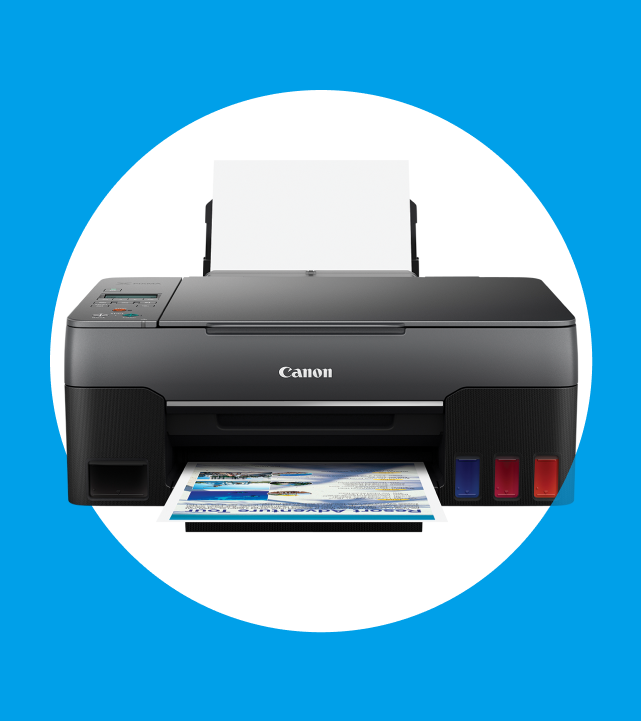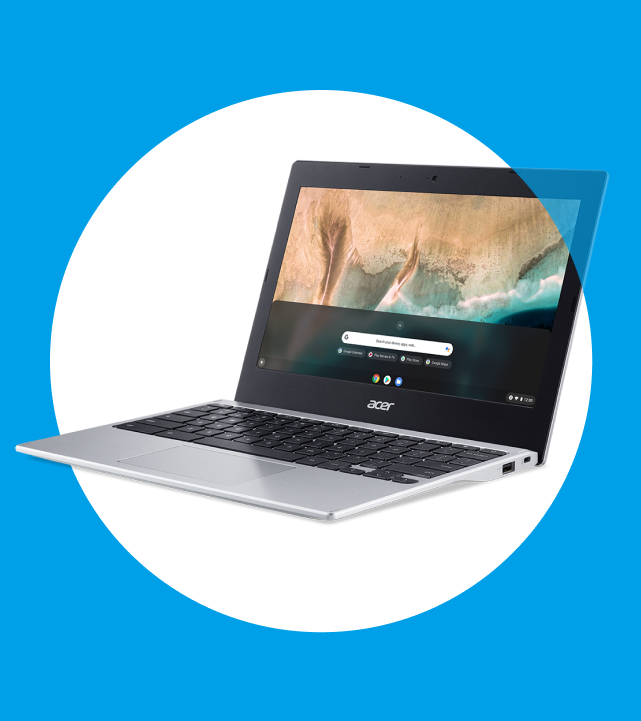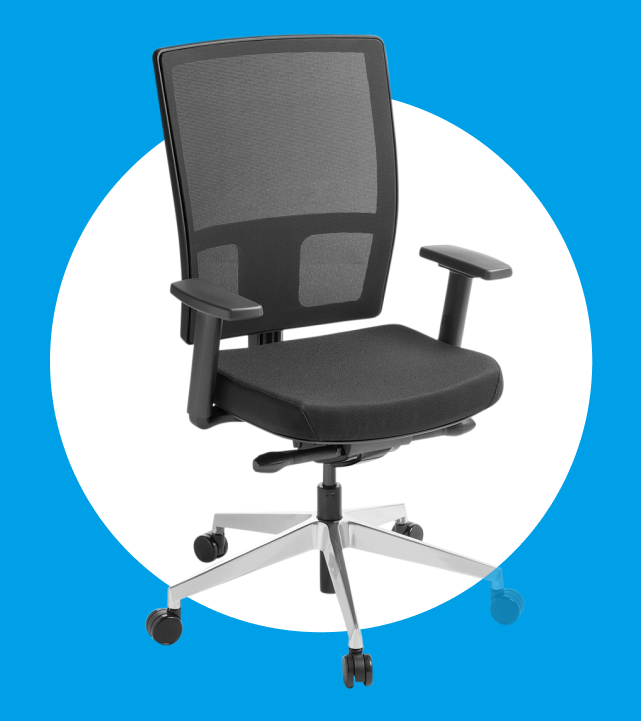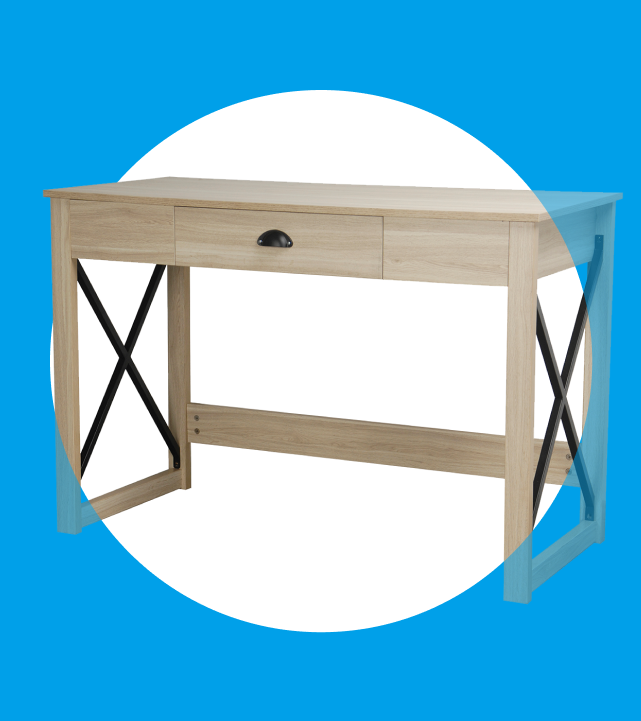FINANCE AND YOUR BUSINESS
How to claim household expenses
Want to save money on your next tax bill? If you’re a sole trader (meaning you're self-employed, run your own business as an individual and work for yourself) and use an area of your home for your business, you can claim a portion of your household expenses to reduce your tax bill.
That’s things like rates, insurance, power and mortgage interest down to furniture and office consumables. You can claim 100% of expenses solely for business, e.g. a business phone line. The rest can be claimed by calculating the proportion of your house that you use for work. For example, if you use 10 square metres of a 100 square metre house as office space, you can claim 10% of expenses not solely used for business. Just remember to keep a record of each item no matter what you claim. Here's a quick guide to what can be claimed, along with how claims are calculated
Key things to remember
- Employees are not eligible to claim home office deductions.
- To be eligible to claim there generally must be the exclusive use of a portion of your home for conducting business on a regular basis.
- The home must generally be the taxpayer’s principal place of business
Who’s eligible?
If you’re self-employed - that's you. We’re talking freelancers, contractors and sole traders. If you exclusively and regularly use part of your home for your business, you can also claim.
How do I claim?
Unfortunately, claiming Home Office expenses isn’t as easy as it sounds, but we’re here to walk you through it. There are two methods you can use, the Square Metre Rate Method and the Time Spent Method.
Square Metre Rate Method
This method is best if you have an area of your home that is solely dedicated to your business, like a spare room that you use as a home office. This uses a flat rate for working out your home expenses that the IRD set each year based on the average cost of utilities per square metre of housing for the average New Zealand household. For the 2023-2024 year the square metre rate is $47.85 per square metre.
If you have a room in your home that is used exclusively for business purposes, you need only consider the floor area. If you do not have an exclusive room set aside for business use, you must also consider how much time that part of your home is used for income-earning activities.
This excludes the cost of mortgage interest rates or rent and it means you don’t have to keep records of your individual expenses. You can still claim interest rates or rent, but you’d have to use the percentage of floor area in your house used for your business.
Example:
If your work area is 10 square metres and 10% of the total area of your home. And your total rent for the year is $10,000. Then the home office expenses calculation would be:
The square metre rate portion: $47.85 x 10 square metres = $478.50
Plus the premises rent cost: 10% x $10,000 = $1,000
Equals the total claimable expenses: $478.50 + $1,000 = $1478.50
In this example, since 10% of your home is used for business you can also claim:
- 10% of power, gas and heating
- 10% of hand soap and toilet roll
- 10% of lightbulbs
- 10% of your home insurance
- 10% of mortgage interest or rent
Time Spent Method
If you don't have a dedicated workspace for your business, we recommend using this option. To calculate this, start by recording the times that you are working from home over a 4-week period. This will give you a clear indication of how much you are using your home for business versus personal use.
Total work hours divided by total week hours x 100
The result is the percentage you can claim of your home running costs as business expenses. It is uncommon for a home office percentage to exceed 25%.
What can I claim from Warehouse Stationery?
- Furniture and Equipment - You can claim 100% of new office furniture under $500 per item. Items over $500 must be claimed under depreciation.
- Office consumables - You can claim 100% of office supplies such as paper, pens and ink cartridges.
- Depreciation - You can claim depreciation on capital items like your computer, office furniture and fittings used for business purposes for your home.
What else can I claim?
- Rent - The rent you pay to live on the property.
- Power/Gas - You can claim a portion of your home's heating costs and lightbulb purchases. You can claim more of this if you can prove you use more power/gas for your business.
- Internet & Phone - Internet or landline for the property, or your mobile phone bill. Internet and phone are claimed at a standard rate of 50%. If your phone is solely used for business you can claim 100% of the cost.
- Water Utility - Your water bill for the property.
- Home Insurance - House or contents insurance for the property.
- Cleaner - Commercial clearing fees or even cleaning products used for the property.
- Security - Alarm system installation or monitoring, not the cost of the alarm system itself.
- Rates - Council rates of your property if you own the property.
- Mortgage Interest - Mortgage interest only, not principal.
- Repairs and Maintenance - Commercial labour or material costs to repair and maintain the property. You cannot claim for your time if you’re doing the work yourself or alternations that add value to the property.
- Office Consumables - You can claim 100% of office supplies such as paper, pens and ink cartridges.
- Toilet Rolls & Hand Soap - Purchased for use on the property.
For example, if your house is 100 square metres and you have an office of 10 square metres, then the office takes up 10% of the total area. So, you can claim 10% of expenses not solely for business purposes, like a power bill.
What can't I claim?
- Food and drink
- Furniture and electronics that aren’t solely used for business purposes (E.g. the kitchen table)
Our top 5 tax time tips to reduce your year-end tax bill were offered in another article.



